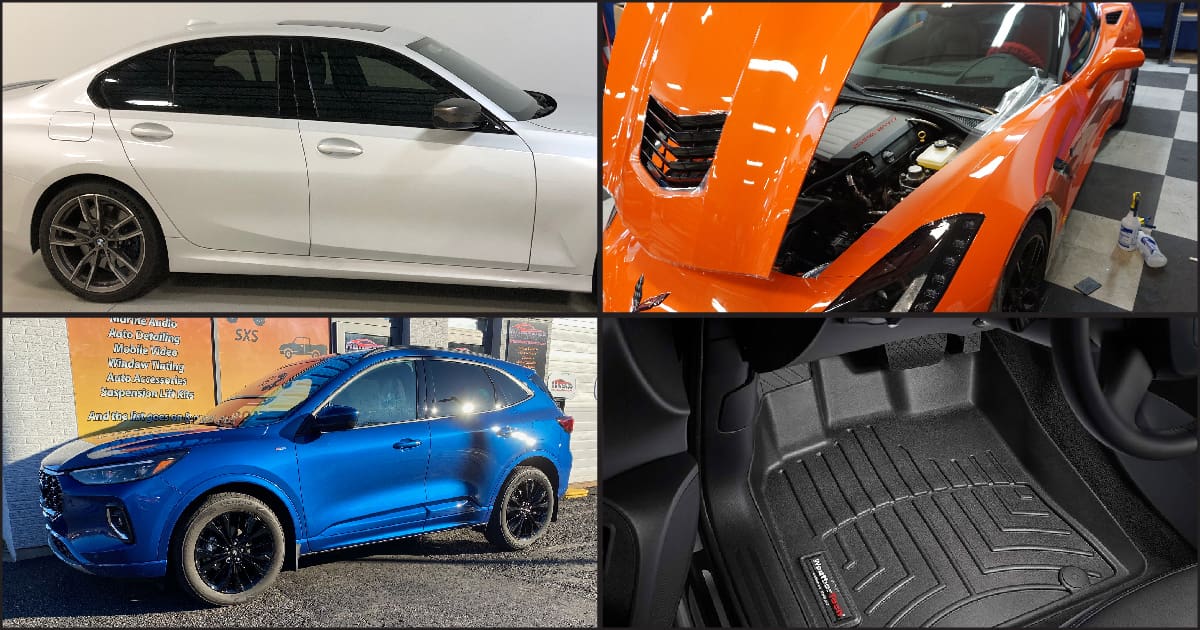A team member recently braved the labyrinth of purchasing a new SUV. Amid the inventory issues and pricing games, there’s the matter of dealer upgrades they try to include in the “deal.” Fortunately, we’ve been around the block a few times. Here are seven new car dealer upgrades you can purchase elsewhere, potentially saving you a significant amount. By making these informed choices, you’re not just a consumer but a financially savvy one taking control of your car-buying experience.
1. Window Tint
If you buy an SUV, the chances are good that the rear side and back windows will come from the factory with tint. However, you have the power to decide whether you want the driver and passenger windows tinted to match. Almost every new car dealer will have someone who comes in and tints windows for them. While they might do reasonable work, you don’t know what kind of tint film they use. By choosing your own tint provider, you’re not just saving money, you’re taking control of your car’s features.
The quality and performance of window tint can vary more than you might expect. First, there are three types of films to choose from: dyed, metallic and ceramic/nano-particle. Dyed films are the least expensive and, unsurprisingly, offer the fewest benefits. They typically only block 30% to 40% of the total solar energy from the sun. Their ability to reduce glare doesn’t compare to that of a premium film. If you’ve seen window tint that has faded or turned purple after a few years, chances are it was a dyed film.
Now, let’s explore metallic films. As the name suggests, these films use microscopic metallic particles to reduce light transmission and reflect heat. They can block 50% more heat energy for a given shade than dyed films. However, there’s a catch: The metallic particles can interfere with radio signal transmission, affecting cellular phone reception, keyless entry systems, GPS-based navigation systems and tire pressure monitoring systems. While metallic films are a cost-effective option for heat rejection, it’s crucial to be fully aware of their potential drawbacks so that you can make the best decision for your new SUV.
If you value your comfort, then a ceramic tint is the way to go. These films are superb at blocking the transmission of infrared energy from the sun, keeping you cool on a scorching summer day. The heat rejection also eases the load on your air conditioning system, potentially conserving fuel. These premium films come with a lifetime warranty against fading, turning purple, bubbling or peeling, so you can be confident that you’ve made an excellent investment in your car’s comfort and durability.
While it may seem convenient to have the dealer tint the windows of your new vehicle, you’re much better off visiting a mobile enhancement retailer specializing in automotive window tint installation. They can demonstrate the effectiveness of their films and let you choose a solution that will provide the appearance and performance that meet your expectations. If you later have any problems, you’ll know exactly whom to contact to resolve them.
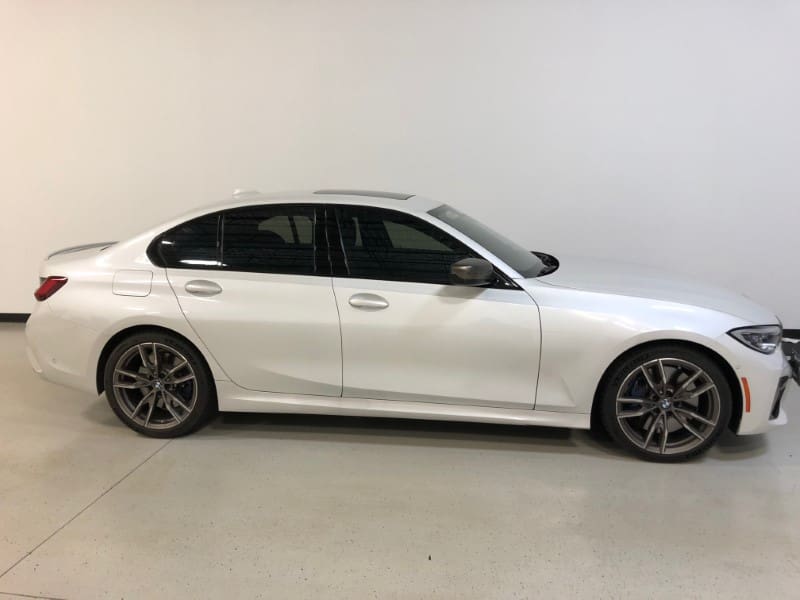
2. Remote Car Starters
While many new vehicles come with remote car starters, their usefulness is questionable at best. A team member’s new Nissan Rogue can’t be started from, say, Costco’s door because of the range limitations of the factory key fobs. The MyNissan app is a good alternative, but it’s excruciatingly slow to respond. We found that it took more than 15 seconds for the car to start after we sent the command from the app. We were halfway through the parking lot, wasting valuable warm-up time.
We’ve used Compustar and Viper remote car starters in the past, and the boost in range and speed of these telematics systems make them a worthwhile investment. If you want your starter to work every time you push the key fob, an aftermarket system is the way to go.
Another important factor these days is security. Many new vehicles come with anti-theft systems integrated into the factory control modules. However, thieves have unlimited time to figure out ways around these systems, and protection from impacts or someone trying to cut off a catalytic converter isn’t included. An aftermarket security system integrated into a remote car starter can provide impact, glass breakage, motion and tilt protection. It can send warnings to your smartphone to let you know when someone is tampering with your vehicle. The telematics options include after-curfew and location-based warnings if your car, truck or SUV enters or exits a preset area.
A remote starter or security system is only as good as its installation. Spend the time needed to find a mobile enhancement retailer that is an expert in integrating solutions into vehicles like yours.
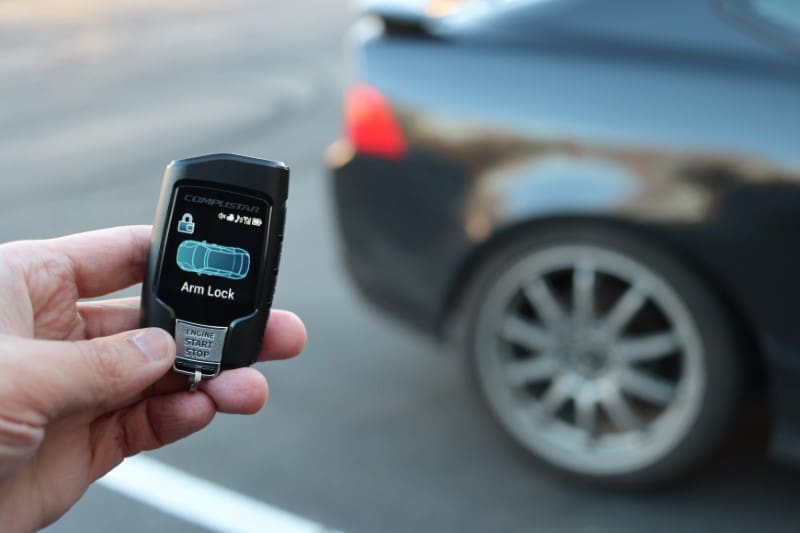
3. Dashcams
These days, the new car buying process often includes an offer to install a dashcam as part of an extended warranty package. Having a dashcam is better than not having one, but that’s where the differences end in terms of quality and reliability. A dashcam has a very hard life. It sits on your windshield and is directly exposed to Mother Nature’s heat and ultraviolet rays. Components like the elements in the lens need to be of excellent quality to remain reliable over a long period of time. In short, glass lenses dramatically outperform plastic.
The performance of the image sensors used in various cameras varies widely. We’ve seen low-cost units from Amazon with aberration issues in high-contrast settings. This color blurring makes picking out details in an image nearly impossible. Additionally, low-light performance is a significant issue. You want the camera to be able to show details without a lot of noise.
Hoping that the dealership will install a camera system that offers excellent visual performance while offering features like a low-power parking mode and Wi-Fi connectivity is a mistake. Just as someone who enjoys driving will research the best tires for their vehicle, you should research what dashcam options are available to provide you with usable information when required.
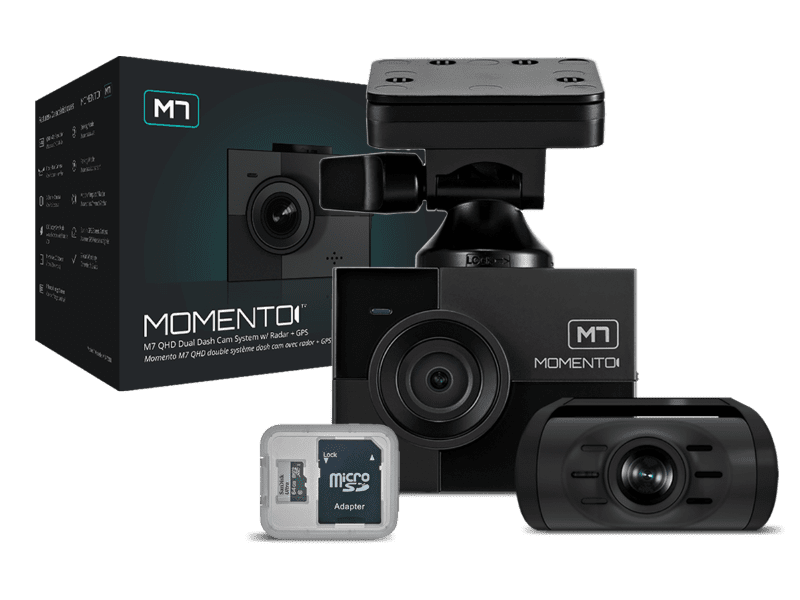
4. Ceramic Coatings
Car dealers love to sell ceramic coating solutions to their new car clients. A ceramic coating is, in essence, a synthetic “wax” that offers exceptional protection against things like tree sap, bird droppings, road tar and even spray painting or markers. The coatings have excellent hydrophobic properties that make it easy to keep your vehicle clean. Dirt and debris can be rinsed off with a garden hose.
The problem with new car dealer-installed coatings is that you don’t know what you’re getting. Extensive testing has shown that some coatings only last a month or two, while others still offer protection after a few years. Shopping for a coating is like shopping for window tint or a remote starter. You want a solution that will perform reliably for the life of your vehicle.
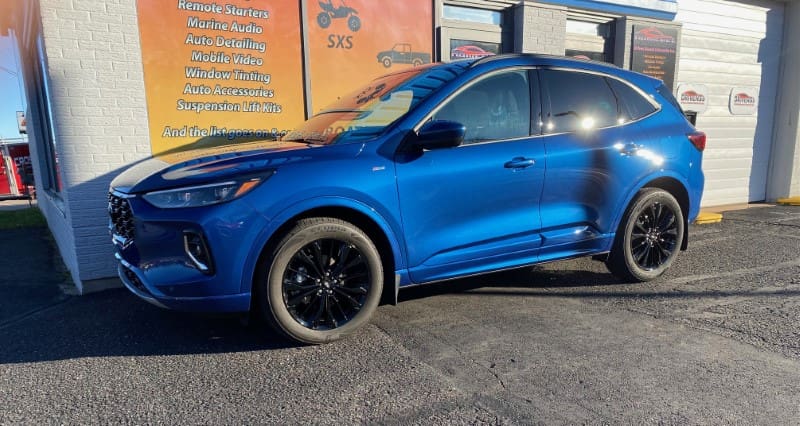
5. Paint Protection Film
Paint protection film, also known as clear bra, is a clear, urethane film applied directly to your vehicle’s high-wear, high-impact surfaces. The leading edge of the hood, the front bumper, the front fenders, under the door handles, the door sills and the rear bumper are the most commonly protected surfaces. The film can absorb scuffs and impacts that would scratch or chip paint. Think of it as a transparent suit of armor designed to keep your vehicle looking new.
Just as with window tint and ceramic coating, paint protection films vary wildly in their quality and effectiveness. Most have good hydrophobic properties when new, but some stop working after only a year. While the films and the included adhesives are supposed to be transparent, some will start to yellow over time.
Do your research and choose a film and installer that provide high-quality solutions. Your vehicle will look better longer.
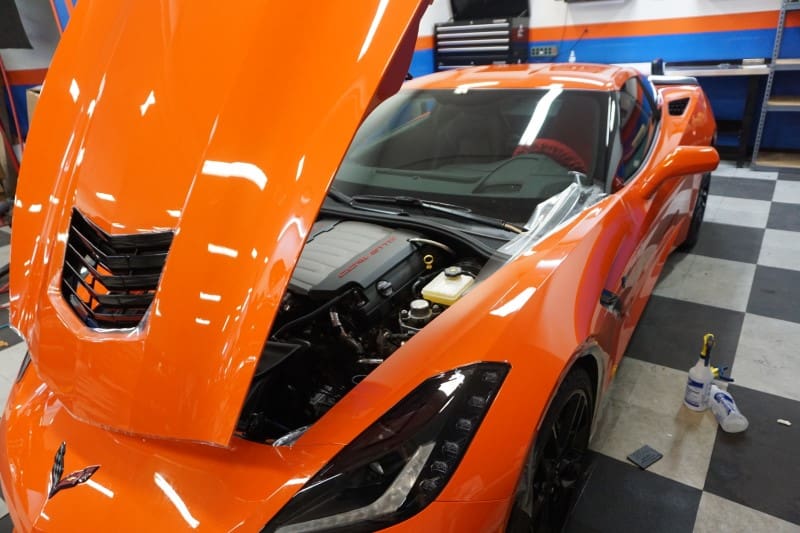
6. Floor Mats / Liners
Products like WeatherTech FloorLiners and Cargo Liners have revolutionized how the interior of our vehicles is protected. These molded-to-fit thermoplastic floor mats fit the footwells and cargo areas perfectly and often include ridges around the edges to keep water, dirt, sand, slush, snow and mud out of your carpet. They’re an excellent investment for anyone who cares about maintaining the appearance and value of their vehicle.
As happens with any good idea, someone else will come along and create a less expensive knock-off. In the case of floor liners, at least three other companies offer similar products. Depending on the application, some work well. On the other hand, we’ve had hands-on experience with several where the plastic starts to curl and pull away from the edges of the carpet. Not only does this look bad, but it reduces protection levels and can actually trap water in the carpet, which will accelerate corrosion.
We’ve seen dealers offer a woven mesh line that doesn’t provide the water protection of a solid mat. Before you agree to any option, ask to see exactly what you are getting, and ask about the warranty. If they can’t answer questions about the performance and reliability of the products they offer, buy them from someone who can.
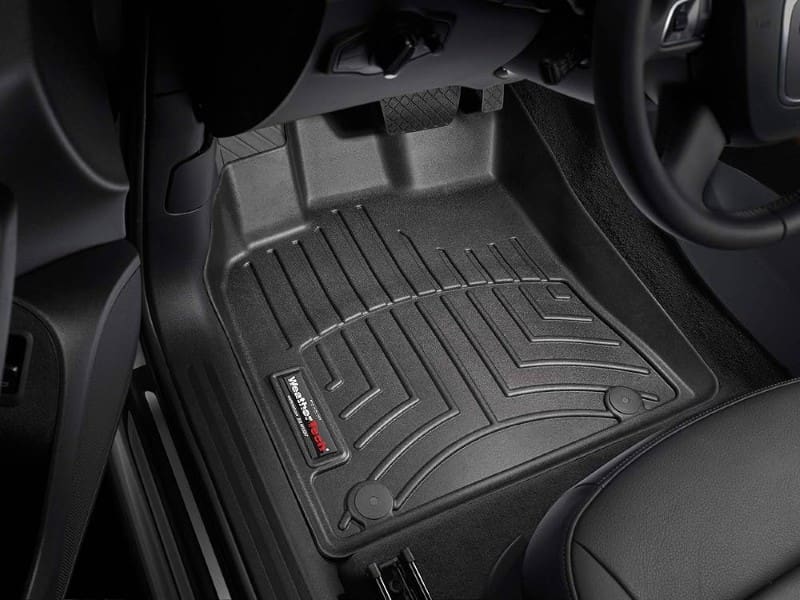
7. Wheel Locks
Our recent new car purchase saw the dealer sneak a set of wheel locks into the deal for $100. To be clear, you can go to almost any auto parts store and purchase a set of identical or better locks from McGard for $30 to $50.
More to the point, wheel locks are a waste of time. Dozens of YouTube videos demonstrate the tools that are available to remove these locks in less time than it takes to use the key provided with them. Yes, it would be a pain to come outside to find your car sitting on blocks and your wheels gone. However, without investing in a lock solution like those from Advanced Wheel Locks, you’re likely wasting your time.
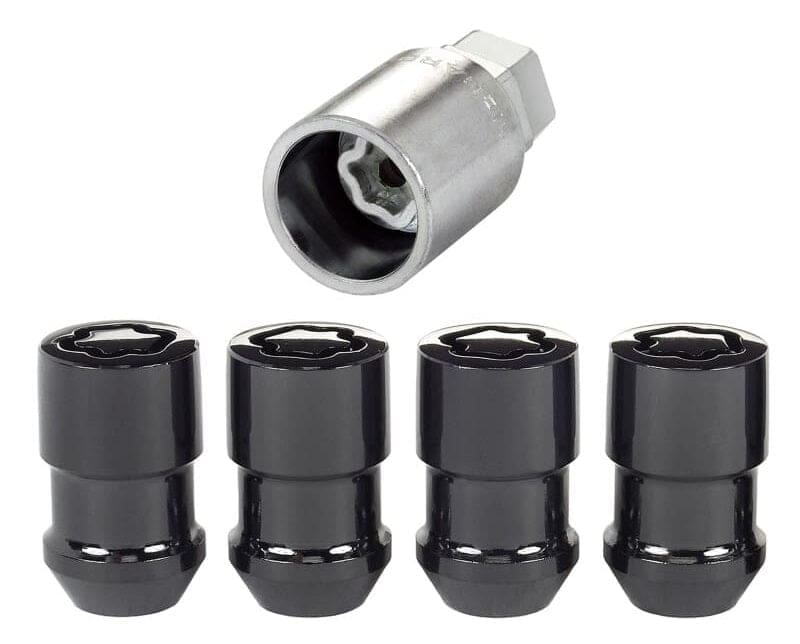
Cost of Dealer-Purchased Accessories
While it seems convenient to have accessories and upgrades like we’ve talked about here built into the leasing or financing of your new vehicle, the final price you pay will be much more than what you see on your invoice. If you’re buying the car outright, there’s no penalty. On the other hand, let’s say you’ve leased a new SUV at an interest rate of 5.5% over four years. Add some floor mats, a dashcam and tint, and you might see those total $1,000. Over the four years, the interest on those items will add up to an additional $116 over the initial cost.
Here are two options that can save you some money. If you don’t feel like shopping around, have the dealer do the upgrades, but don’t build their cost into your lease or financing. Pay for those upgrades outright on a separate invoice.
Better yet, shop around for a local mobile enhancement retailer that can provide the products you’re interested in. If you don’t have the money to pay for them all at once, ask them about financing options. Many shops offer Snap Finance, Acima, Progressive Leasing, Synchrony or Affirm. Look for one that offers zero-interest payment options that will let you spread the cost of the upgrades you want across several months.
Get the Best Performance from Your New Car Upgrades and Accessories
Our goal is to inform consumers about the products and services available from reputable mobile enhancement retailers. Part of that philosophy is to ensure that consumers get the best solutions possible for their investment. The above seven items, purchased from a new car dealership, don’t align with our goal of presenting value. Invest some time in finding a local retailer to provide the best products available and install or integrate them with your vehicle to maximize their performance and value.
